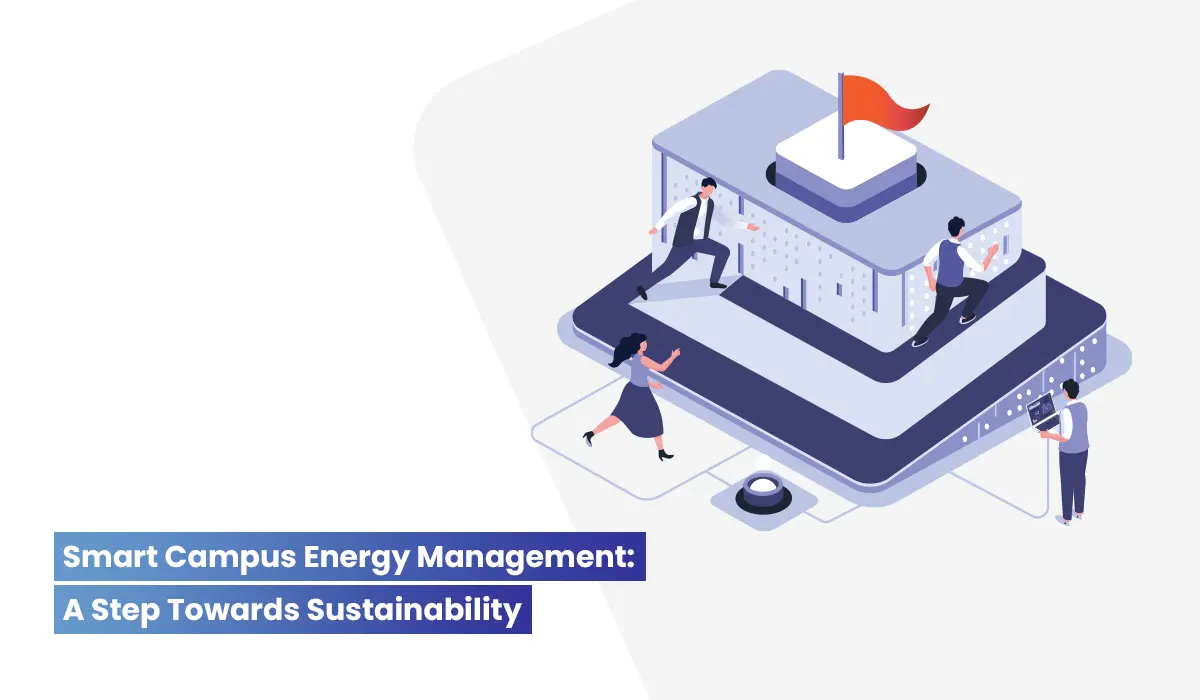Most American college students attend broad-access institutions, or public colleges and universities that admit at least 80 percent of applicants. Yet millions of people live in communities without one of these institutions nearby—and millions more live in areas with only one option, according to a new report from the Institute for College Access and Success.
The report, released today, shows stark disparities in higher ed access based on students’ geography and how some broad-access institutions are single-handedly serving whole regions. It also highlights communities with nearby colleges located across state lines, an understudied college-access issue, higher ed leaders say.
Researchers analyzed different “commuting zones,” or clusters of counties workers commute between, to see which communities have broad-access institutions within a reasonable commuting distance.
Nicholas Hillman, an education professor at the University of Wisconsin at Madison and co-author of the report, believes it’s critical to understand students’ geographical contexts.
He said conversations about higher ed access often revolve around “informational problems”—whether students know about different college options and understand the college admissions process. But his previous research shows most students, even if well-informed, choose to stay close to home for college. That’s why he wanted to take a deeper look at where residents do or don’t have broad-access institutions within reach.
“Maybe some of the problems in college access and opportunity are that there aren’t colleges nearby, or that there are not appropriate transportation infrastructures in place for students to access colleges … or that there are cost-prohibitive options nearby,” said Hillman, who also directs the university’s Student Success Through Applied Research Lab. When studying college access through a geographic lens, “you see problems differently. You might come up with a very different set of policy solutions.”
He also sees the report as a “love letter” to broad-access institutions, especially those that are the only ones in their communities.
“They’re doing the lion’s share of the work,” Hillman said. “They’re the blue-collar colleges out there, doing the heavy lifting in higher education, serving the most students and doing so oftentimes with the least amount of financial resources and under some of the most pressure.”
The Findings
To identify broad-access institutions, the report drew on data from the U.S. Department of Education’s Integrated Postsecondary Education Data System, with the caveat that IPEDS doesn’t account for all branch campuses.
And then researchers used data from Pennsylvania State University’s Labor-sheds for Regional Analysis tool to measure commuting zones around the colleges. Finally, the report looked at how nearby these institutions were in “large-population commuting zones,” like urban or metropolitan areas, and “small-population commuting zones,” less populous areas, like rural communities.
The report found that more than 831,000 people living in more populous commuting zones don’t have a local broad-access institution, and another 9.7 million had only one of these colleges nearby. That means about one in 16 people don’t have a broad-access institution nearby or just one, even in the country’s largest local labor markets.
The issue was even more stark in less populous or rural local labor economies, where 2.8 million people don’t have a single broad-access institution in their area. Another 5.9 million live in areas with only one such institution. Meanwhile, among students who go to college in these less populous areas, 70 percent attend broad-access institutions, meaning these colleges “play an outsized role in creating opportunities and meeting local educational needs” in these communities, the report says.
Riley Acton, an assistant professor of economics at Miami University in Ohio, said it’s important to differentiate between college access issues in the two types of regions, as the report did, because “what it means to have access, to have something nearby, can be really different in rural and urban environments.” In a rural area, a college might be miles away but easy to travel to by car, while in an urban area, a college could be close by but hard to reach via public transportation, she said, so the report opens up a conversation about those distinctions.
Hillman added that a granular look at the data might surprise people. For example, some large metropolitan areas, like Chicago, are known for prominent private universities but have relatively few broad-access institutions for residents.
“Local markets are just very different, depending on where you live, and I think that it’s important to put that out there, just to help remind ourselves that there’s no typical place or experience or market that every student experiences,” Hillman said.
The report also highlights that some regions have broad-access institutions nearby but they’re across state borders, meaning they may not provide in-state tuition or could be harder to reach. There are 63 small-population commuting zones that cross state borders, which collectively have 77 broad-access institutions and serve about 190,000 students. The report also found 65 large-population zones that cross state lines with a total of 249 broad-access institutions enrolling roughly 1.3 million students.
Acton said broad-access institutions that draw students from multiple states are an “understudied angle” in understanding students’ geographical contexts and what barriers could be getting in the way of their going to college.
The Policy Implications
To expand students’ access to these colleges, the report recommends that states offer nearby out-of-state students tuition discounts and that local leaders explore ways to improve transportation infrastructure, among other policy suggestions.
Hillman emphasized that it’s also important to ensure broad-access institutions that are the only ones in their communities are well resourced. He suggested these colleges have a special federal or state designation that comes with extra financial support.
“Sometimes a college is … serving a great need and is really an anchor for that community,” he said.
Particularly in rural areas, broad-access institutions often do so much more for their communities than confer degrees, said Cecilia Orphan, associate professor of higher education at the University of Denver and founding co-director of the Alliance for Research on Regional Colleges. In some cases, these campuses provide local internet access and serve as major employers, among other services. Western Carolina University, for example, is home to its community’s power plant and has police officers that serve its surrounding area.
“It’s very tempting for policymakers to simply look at enrollment numbers … and to ask themselves whether or not that institution is needed,” Orphan said. “But if you think about the broader services that institution likely provides a local community, closing it could be catastrophic.”
Acton noted that limited access to broad-access institutions can especially hurt some of the most vulnerable students.
She previously conducted research with a team of economists focused on how community college proximity affected Texas high school students’ college-going decisions. They found that Black, Hispanic and lower-income students without a community college nearby were less likely to pursue higher ed, while white, Asian and upper-income students were more likely to travel to go to college.
She agrees higher ed decision-makers need to think carefully about what a college means to particular communities when they make policy choices.
“Where do we open new colleges? Where do we close colleges? Where do we merge colleges?” she said. If an institution closes, “what are the other options for the people in this area? Are the people who are in this area ones who would be able to travel and go to something further away? … Those are conversations for state policymakers and institutional leaders to be having.”




 Empower Parents and Students Through School Choice
Empower Parents and Students Through School Choice 
